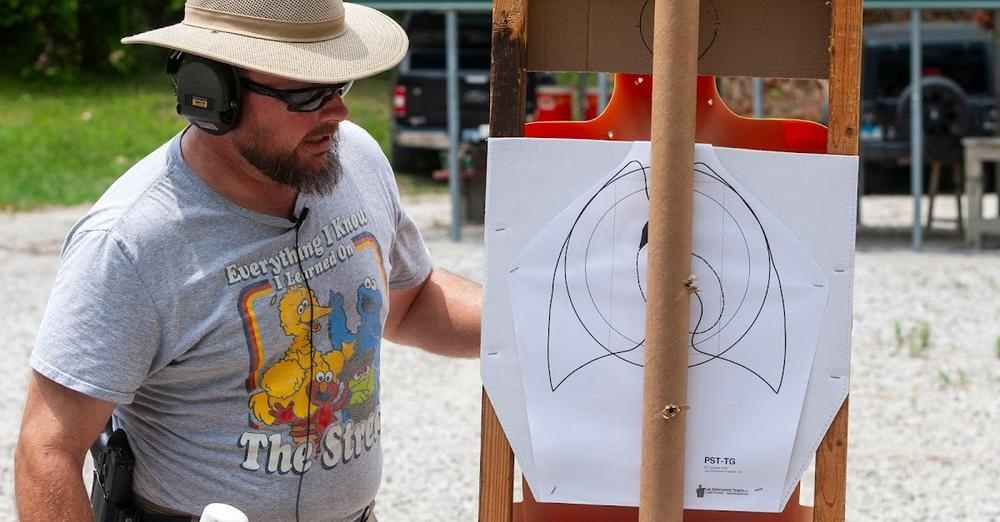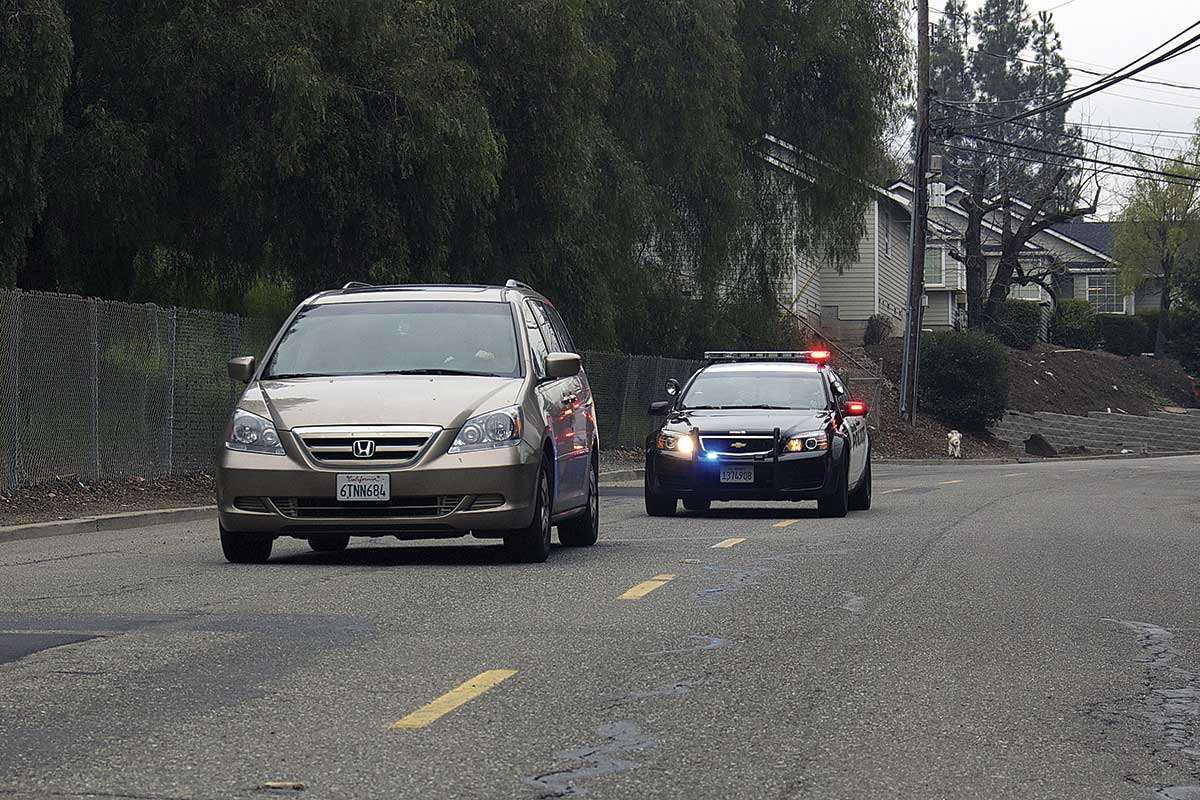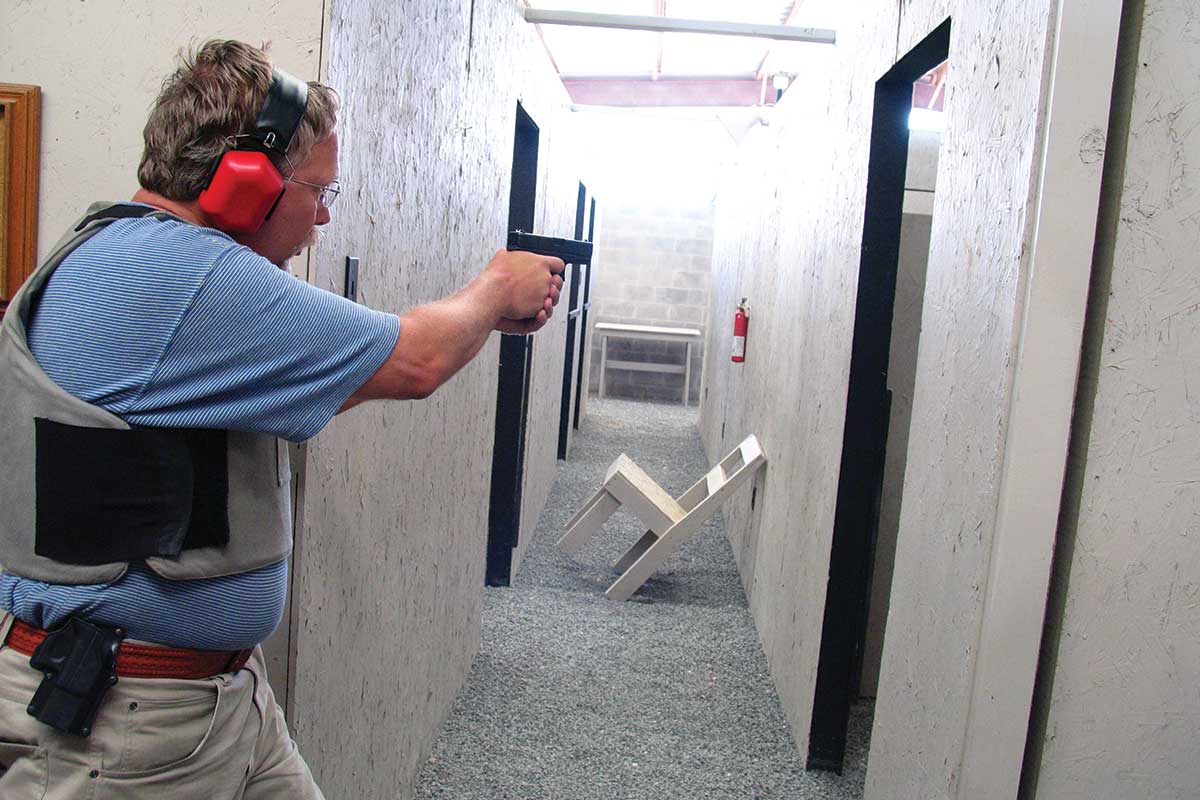
Insulin
While on patrol in the middle of the day you respond to a solo vehicle collision. Upon your arrival, you see a man who appears to be unsteady on his feet standing outside of the vehicle. When you ask him if he’s okay, he slurs an answer you don’t quite understand, so you step closer to get a good whiff of his breath.
You’re thinking to yourself, “Solo collision in the middle of the day with this kind of behavior? Gotta be a deuce.” You ask him what happened. As he slurs his answer, you smell the telltale clue there’s more here than meets the eye. Then you see it, a hype kit with what may be insulin. This guy could be a diabetic, but is he having a diabetic emergency or is he hammered? Nothing says a diabetic can’t be under the influence, however we need to know how to differentiate between the two.
Ask ‘Em
The symptoms of a diabetic with either low blood sugar (hypoglycemia) or high blood sugar (hyperglycemia) can mimic those of a driver who’s under the influence. Not being a doctor or paramedic, I won’t belabor the point of explaining the physiology of glucose and insulin in the blood. Suffice it to say, when those things get out of whack in a diabetic’s blood, things can go from goofy to serious pretty quickly. And while you may be amused watching what you think is a drunk bumbling around, a diabetic emergency is not a laughing matter — getting medical attention ASAP is very important.
Asking a couple of simple questions can help you evaluate the situation, particularly if you’ve noted the presence of the hype kit. Your first question should probably be, “Are you a diabetic?” followed by, “Do you take insulin?” If there’s any chance of a diabetic emergency, now is a good time to get Fire rolling.
You’ll want to find out when the driver last ate and took insulin. Not because you’ll be able to medically assist him or administer an insulin shot, but if he loses consciousness you’ll be able to pass along some pertinent information to the paramedics. San Francisco Fire Department Paramedic Captain Justin Schorr points out, “Chances are he’s also carrying his personal blood glucose monitor, now a little smaller than a deck of cards.” If he’s able, checking his blood sugar before medics are on scene can help save time.
Be Watchful
It’s a good idea to have the driver sit down. Unless his medical issue has taken a serious turn, you may still have time to get some lucid answers. At times, hypoglycemia can be raised to normal quickly with a little bit of juice, sugary soda, a slice of bread or some crackers. Often, the patient will simply be able to tell you what they need. However, Schorr says “They shouldn’t be given anything until a sugar reading can be obtained.
We discourage folks who are slurring from eating and drinking because they can’t confidently swallow, leading to a choking hazard. In addition, if they are hyperglycemic, meaning they have an abundance of sugar, but no insulin, we’re only making troubles worse. Only the hospital can administer insulin, not the medics. While it won’t necessarily hurt them, waiting a few moments to get a reading won’t either.”
If however, they’re suffering much more severe effects that they either can’t or shouldn’t ingest anything, it’s best to secure them as best you can and wait for medical personnel to arrive, assess and treat as indicated. Captain Schorr warns “There could be more going on as strokes also mimic intoxication and diabetic emergencies.”
All of this to say I am not of the opinion that one must assume either diabetic emergency or DUI. The point is to conduct your investigation and follow where the clues lead you. Keep in mind diabetics can also be DUI.
By Jason Hoschouer














